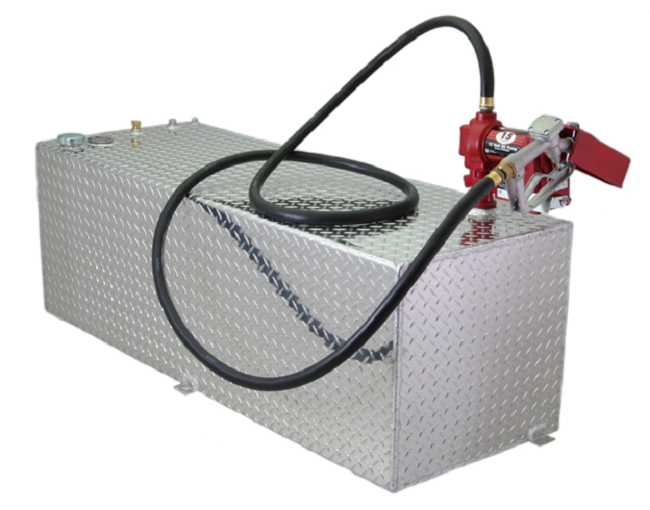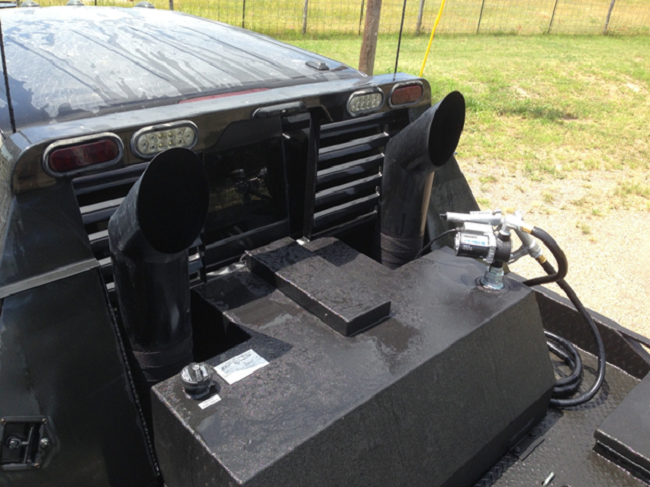A quality fuel transfer tank is just one of the many different things that are beneficial when working in the trucking and/or transportation industry.
In this industry, as with so many other businesses, there are a lot of thing to consider, fuel cost is a major one. Not just the cost of it per gallon, but having enough of it.
That is why so many vehicles are equipped with a fuel transfer tank.
A fuel transfer tank can be designed for vehicles of all sizes from small to medium to large trucks. There are literally hundreds of varieties available as well. Some are made by the manufacturer while others are custom trucks and truck parts that are produced for the aftermarket purchaser.
So without delay, let’s just jump right into the 10 tips to know when using a fuel transfer tank.

What is a Fuel Transfer Tank?
A fuel transfer tank as defined by the Vehicle Equipment Safety Commission (VESC) is an additional fuel storage tank and/or other component that is attached to the vehicle.






